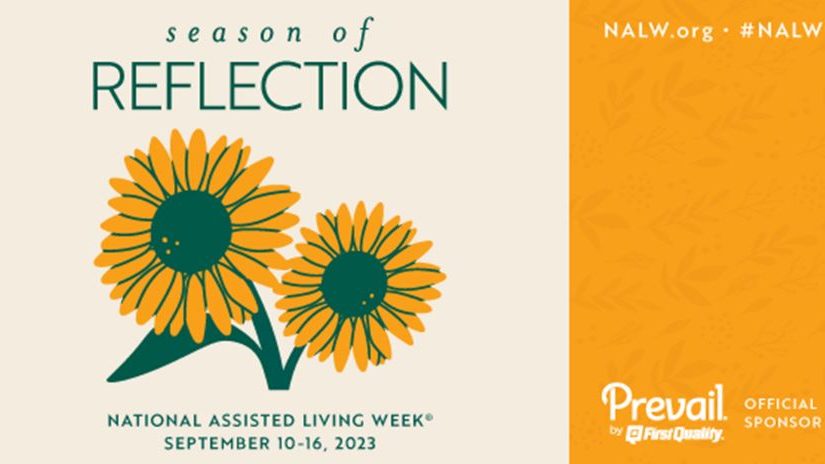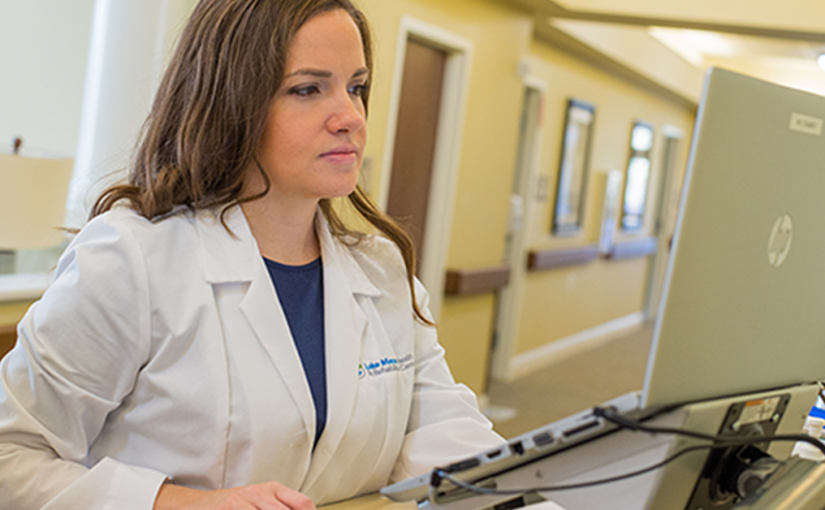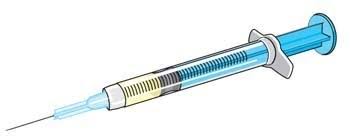HealthCap’s Resource and Education Center offers a bounty of free educational resources and tools to help long term care providers deliver quality care and reduce risk. AHCA/NCAL members are encouraged to take advantage of these quality risk management resources including policies and procedures, toolkits, and continuing education credits.
AHCA/NCAL has embraced HealthCap® for more than a decade as a premier provider of liability insurance that is solely dedicated to serving senior care communities. HealthCap® clients have the fewest liability claims in the industry, and HealthCap settles claims below the industry average.
Stop by Booth # 806 in the Expo Hall at AHCA/NCAL’s annual convention in Denver October 1-4 and meet HealthCap’s experts.








